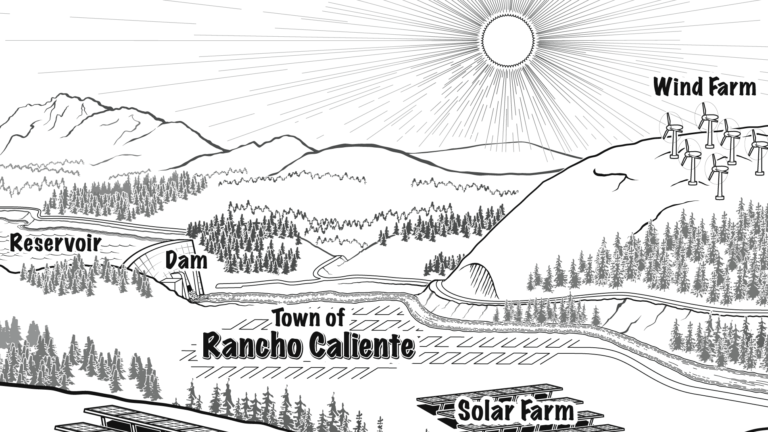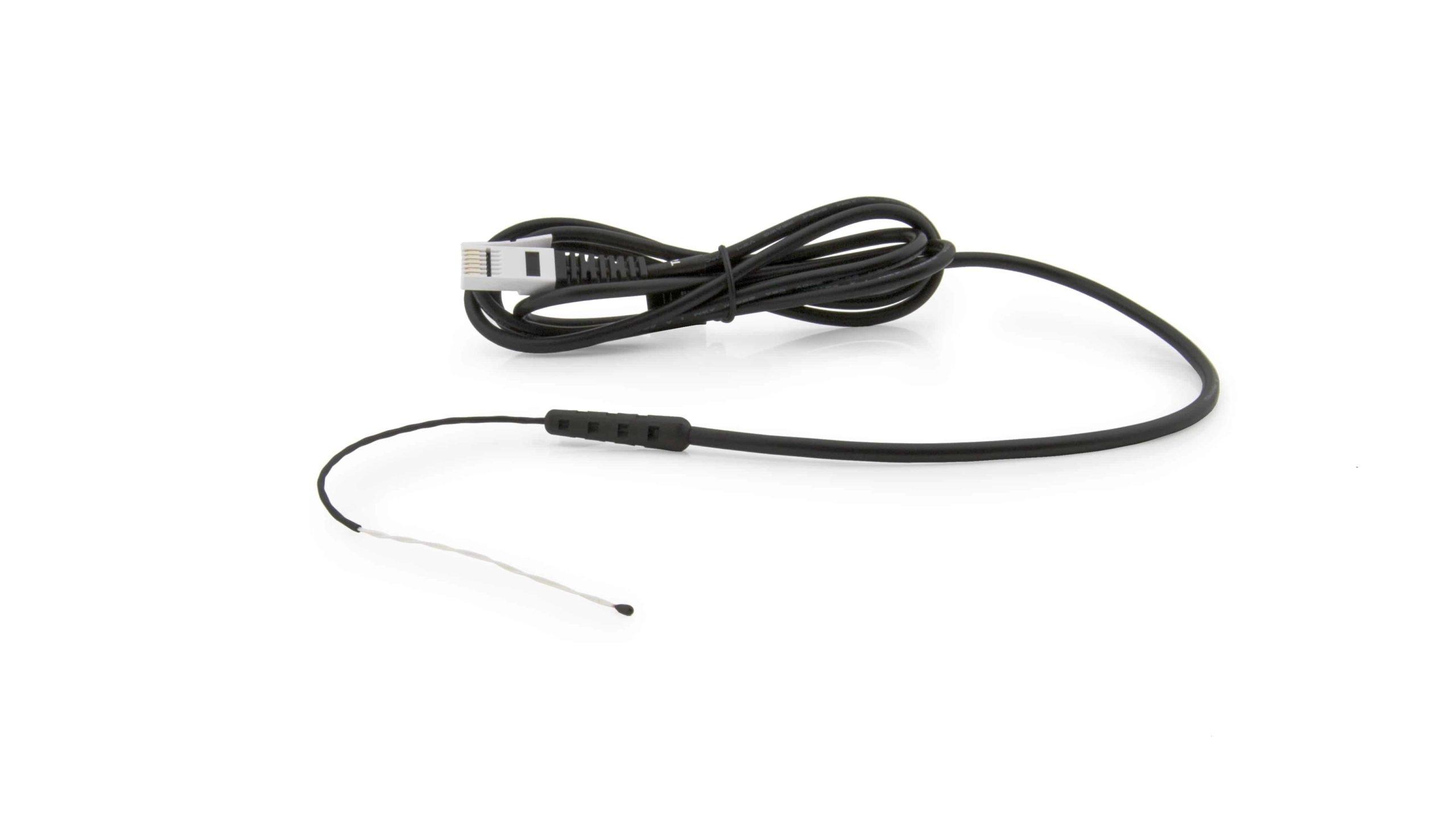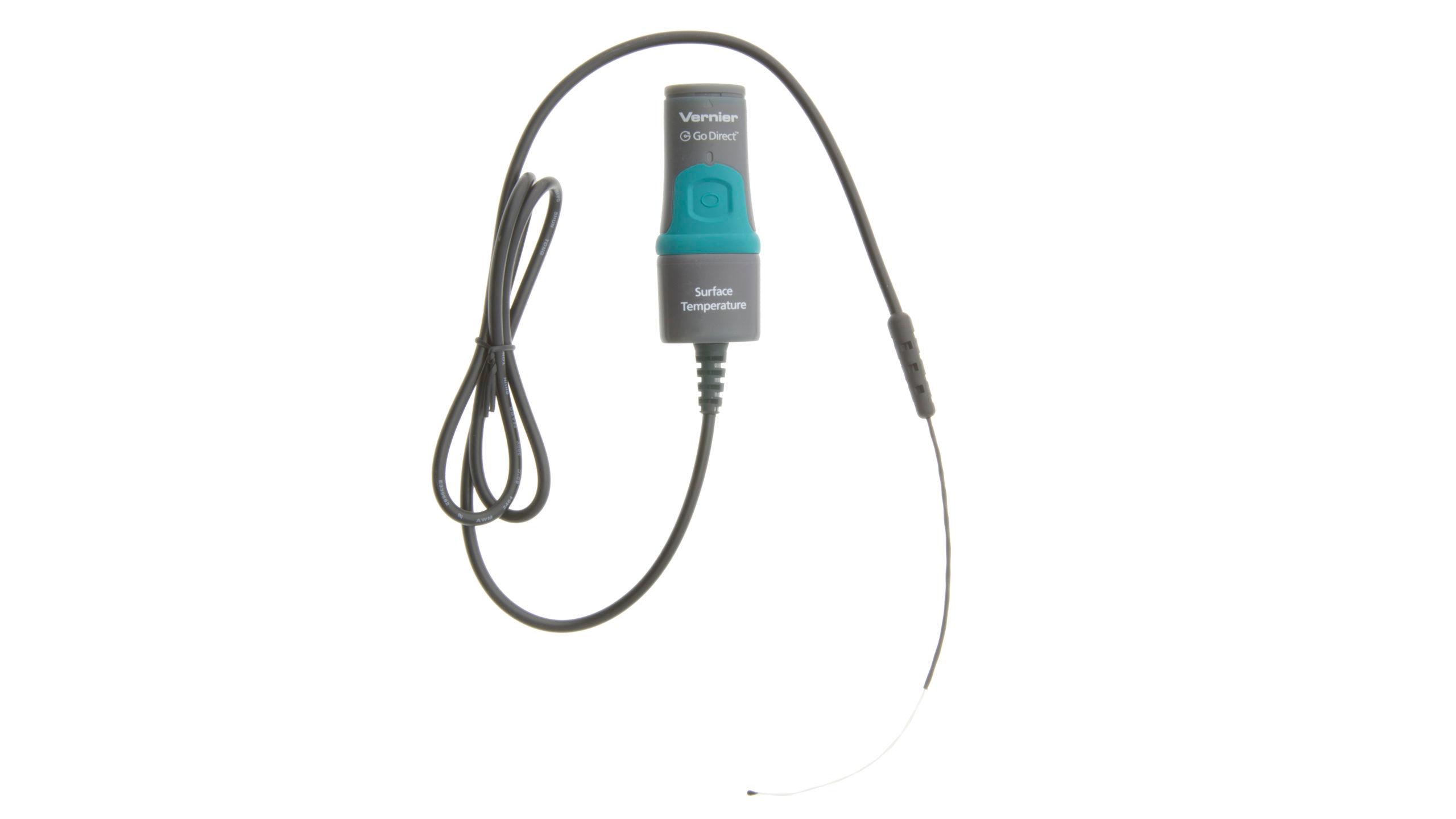Project: What’s Cookin’?
Experiment #11 from Investigating Solar Energy
- Education Level
- Elementary School

Introduction
The rural town of Rancho Caliente has been experiencing a drought for several years. This community, which has relied on the local river and reservoir, is having to think creatively as it has seen its water supply dwindle as the reservoir water levels have decreased. Town leaders have turned to digging wells for their water supply to help solve their water availability problems.
While some of the town’s electricity is generated by wind power, the dam on the reservoir produces most of it. A low flow of water results in less electricity that is produced. This lack of electricity has resulted in several blackouts and brownouts. Blackouts are times when there is no electricity available for the town. Brownouts are times of reduced voltage when demand is greater than supply, which results in lower illumination. The outages and reductions have created many problems.
One of these problems is cooking. Being that the citizens of Rancho Caliente are largely known as good problem solvers, they have used other energy sources to prepare meals when power is low or unavailable, such as backyard barbequing. Several people have turned their thoughts to one of Rancho Caliente’s most abundant energy sources, the sun! They are using the sun’s energy for cooking by constructing solar cookers.
In this project, you will construct a solar cooker. While it might not be capable of cooking a turkey dinner, it may just be able to do some light cooking or at least some reheating. You will use your experience with the solar energy experiments in this book to design, test, and then optimize a solar cooker that generates the highest possible surface temperature. During each trial, you will also be roasting s’mores and collecting data.
Objectives
- Use a Vernier Surface Temperature Sensor to measure temperature inside the oven
- Container: cardboard box with a maximum depth, height, and width of 40 cm
- Foil: maximum sheet of 120 cm in length
- Plastic wrap: maximum sheet length of 120 cm in length
- Construction paper: 3 sheets, any color
Sensors and Equipment
This experiment features the following sensors and equipment. Additional equipment may be required.
Option 2

Ready to Experiment?
Ask an Expert
Get answers to your questions about how to teach this experiment with our support team.
- Call toll-free: 888-837-6437
- Chat with Us
- Email support@vernier.com
Purchase the Lab Book
This experiment is #11 of Investigating Solar Energy. The experiment in the book includes student instructions as well as instructor information for set up, helpful hints, and sample graphs and data.


